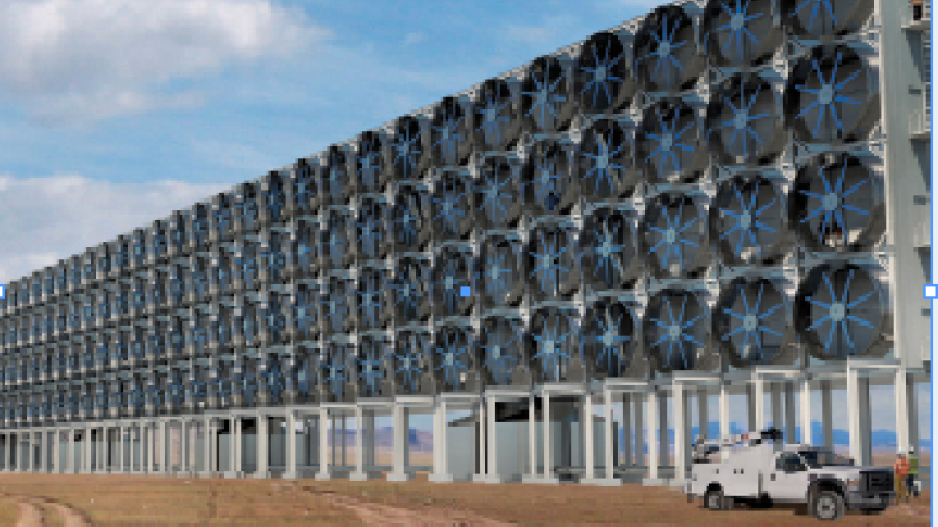Au contraire, say Canadian clean-tech business leaders.
Putting a price on carbon would not only be an effective way of getting both industry and consumers to reduce their carbon emissions, it would also be the most effective way to build Canada’s clean-tech sector, say local clean-tech entrepreneurs.
“We have to create some kind of incentive for low-carbon technologies, approaches, habits, fuel sources,” said Geoff Holmes, business development manager at Calgary-based Carbon Engineering, which is building a $4.5 million demonstration plant in Squamish that the company claims will remove carbon dioxide from the atmosphere. The reclaimed CO2 would then be sold for use in oil recovery.
“We have to create some financial incentive for these to enter the marketplace, and we have to put some penalty on using the atmosphere as a free dump.”
Carbon Engineering is one of three Western Canadian clean-tech companies working on some form of carbon capture and reuse.
Both Inventys Thermal Technologies and Mantra Energy Alternatives Ltd. have developed technology that captures carbon dioxide directly from the flue stacks of heavy industry. Carbon Engineering is developing a machine that removes CO2 from the atmosphere.
Carbon Engineering’s process requires energy – supplied by natural gas – to operate, but the system captures the CO2 emissions from the gas that’s burned and from the atmosphere.
Though there are several potential uses for CO2 – from simply sequestering it underground to turning it into new types of fuel – the biggest market now is in enhanced oil recovery, where carbon dioxide injection is used to displace oil. That market is estimated to be worth $1 billion in the U.S.
So what’s so clean or green about a technology that removes CO2 from the atmosphere only to be used to get more oil out of the ground and pump more CO2 back into the atmosphere?
For one thing, some of the CO2 used in enhanced oil recovery would stay in the ground. And it is reusing CO2 that would otherwise just stay in the atmosphere.
“We’re getting two turns on that CO2 instead of recreating it,” added Mantra Energy CEO Larry Kristof. “I think that’s a better story than just recreating it.”
“We’re doing the best we can to find niches that will support our technology in the absence of economy-wide policy,” Holmes said.
He added it’s technically feasible to produce carbon-neutral oil by injecting the same amount of CO2 into an oil reservoir as would be released when that oil is later turned into gas or diesel and burned in a car. But it’s just not economically feasible.
Holmes said putting a price on carbon might help make carbon-neutral fuel feasible.
It would also stimulate innovation in the Canadian oil and gas industry, said Wal van Lierop, CEO of Chrysalix Energy Venture Capital, which has invested in Inventys.
He warned that oil-producing countries that don’t innovate and try to reduce their carbon profile risk losing a competitive edge, as the demand for more environmentally responsible fuels increases.
“A carbon tax can be used for innovation, both on the renewable side but in particular, also, to ensure that our Canadian assets don’t become stranded assets.”




